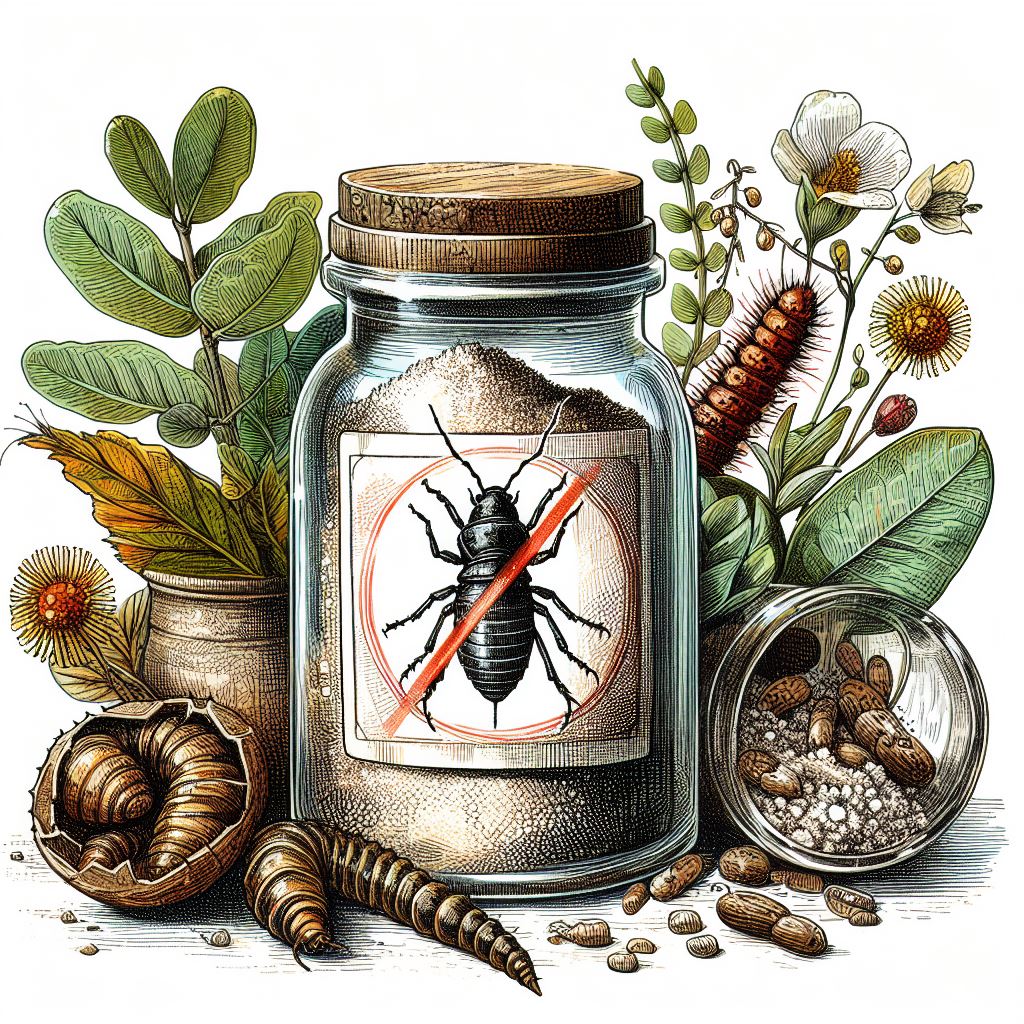As an organic gardener, I've battled my fair share of pesky invaders such as slugs, aphids, fungus gnats, vine weevils, and ants. Through trial, error, I've learnt how to use diatomaceous earth for garden pests affecting some of my nursery plants, it's a useful ally of last resort in the quest for a healthy and thriving garden. DE's natural, effective, and eco-friendly attributes have made it a useful tool in my organic pest control arsenal.
Table of Contents
What is Diatomaceous Earth?
Diatomaceous Earth is a powdery substance derived from the fossilised remains of diatoms, a type of ancient algae. These microscopic skeletons accumulate over millennia, creating deposits that can be mined and processed into a fine dust. What makes DE unique is its dual action: the tiny, sharp particles are both abrasive and absorbent, effectively cutting into and drying out the exoskeletons of various pests, leading to their dehydration and eventual demise.
Is garden safe diatomaceous earth organic?
Yes, a good food grade DE is organic and is approved by the UK Soil Association for use as an organic pesticide. It is a mined resource though, so it's sustainability score is lower than say neem oil.
Using Diatomaceous Earth Against Garden Pests

My journey with DE began when I had a problem where the heucheras I was growing for market all just..fell over. They had been eaten underground by vine weevil larvae. I didn't use it for this occasion though - I spoke to some fellow organic gardener who grows a lot of flowers along with her veg on her allotment and as shes been growing for longer than I've been alive she's normally a good font of knowledge! As you'll see later I have used it against ants in the house, but as with all substances that harm wildlife I tend to avoid them and either rely on passive barriers and pest repelling plants, or, take the hit!
Here's how DE stands up against common garden adversaries:
Slugs and Vine Weevils
By creating a perimeter of DE around susceptible plants, I've effectively deterred these soft-bodied pests. The sharp edges of DE are particularly uninviting to them, protecting my plants from their voracious appetites.
(Here are some more ways to deal with slugs)
Aphids
When these sap-suckering insects appeared, a gentle dusting of DE with a large paintbrush on the affected plants helped curb their population and limit the spread of plant diseases.
(check out this article if you want a long term organic solution to pests)
Fungus Gnats
For these pests lurking in the soil, a dry top dressing of DE over the potting mix will prove effective in breaking their lifecycle.
Ants
I've managed an entry point into my house with strategic placements of DE. No more ants in the kitchen thankyou very much.
DE Application Methods
Using DE effectively requires a keen eye and a gentle hand. Here's how I would approach it:
Identify Affected Areas: Vigilance is key. Regular garden walks help me spot signs of infestation.
Decide on Necessity: I believe in balance and accept a certain level of pest activity. DE is one of my options when the natural equilibriumn gets out of whack. To be honest I rarely use anything and rely on natural predators and never use pest control for my ornamental garden.
Dry Application: DE works best when applied to dry surfaces. I prefer using a house paint brush to sprinkle a fine layer over the soil or directly onto the foliage.
Considerations When Applying Diatomaceous Earth
Light Dusting: A thin layer is all that's needed. Pests won't traverse through thick piles of DE; they'll simply avoid it.
Do not apply DE to wet areas: I’ve seen advice suggesting mixing it with water to spray on affected plants but the water simply fills the microscopic crevices and ‘detooths’ them so they will no longer be effective against insects. Ensure plants and soil are dry before application.
Reapplication: After rain or irrigation, Reapply DE as it washes away or clumps together, reducing its efficacy even once it’s dry.
Is Diatomaceous Earth Safe?
While DE is a natural product and it is widely reported to be safe if food grade quality is used, here are some safety tips I always adhere to:
- Inhalation: Always wear a mask when applying DE. Though it's not known to be toxic, it can irritate the respiratory tract. Also in lab tests on mice, extreme inhalation caused increased cancer rates.
- Quality Matters: Always opt for food-grade DE. It's the purest form and free from harmful additives.
- Persistence Pays Off: DE isn't a quick fix. It requires patience and persistence, but the results are worth it.
Is Diatomaceous Earth Safe for Butterflies, Bees and Other Beneficial Insects?
No. It is a non selective pesticide and isn't safe for butterflies and bees, so it should be used with great care and only when absolutely necessary and in places it is unlikely to harm other wildlife and insects. Do not get it inside the flowers of any treated plants.
Diatomaceous Earth: Organic Pest Control
Diatomaceous Earth has become a useful tool in my armoury for organic pest control, although as it is non specific I only use it when absolutely necessary.. Although it is approved for organic gardening due to it’s natural origin which makes it an excellent choice for environmentally conscious gardeners looking to protect their plants from slugs, aphids, fungus gnats, vine weevils, and ants. Remember, the key to success with DE is consistent application, thorough coverage, and a bit of patience. Happy gardening!
Er… Also how do you pronounce diatomaceous earth?!
Dai·uh·tuh·mee·shuhs uhth
Easy peasey ;)

